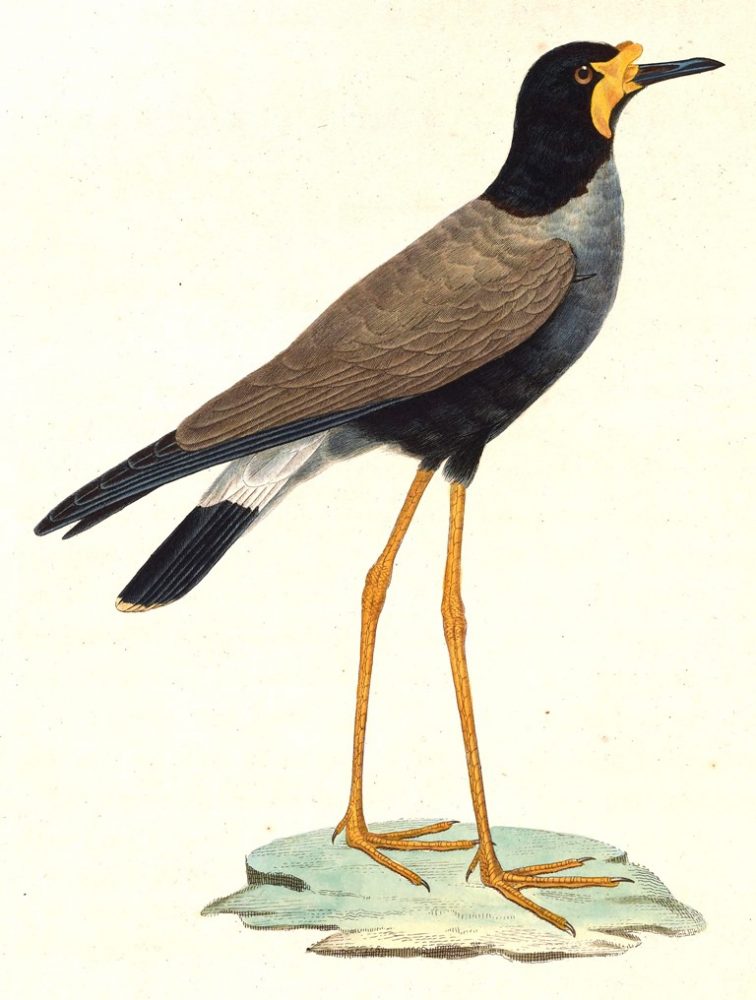About
The Javan Lapwing has not been recorded since 1940 and there are fears that this species has gone extinct and if there is a population it would be no larger than 50 individuals.
A series of surveys carried out between 2001 and 2012 all failed to locate any individuals. However, interviews with local people produced strong evidence that the species could still be present. The Javan Lapwing is part of the Lapwing genus Vanellus, which diverged from all other species of birds 28 million years ago! Their decline has been attributed to ‘merciless’ hunting and trapping. However, it seems far more likely that high levels of human disturbance and conversion of its habitat to aquaculture was the root of the decline. As they are a naturally low density species, they may have been particularly susceptible to extinction. Dedicated surveys in all potential habitats is required to see whether this species is still persisting elsewhere, and this will give indication to the range and population status of this species. This Javan Lapwing has been protected under Indonesian law since 1978.
- Order: Charadriiformes
- Family: Charadriidae
- Population: <50
- Trend: unknown
- Size: 27-29cm
EDGE Score
Distribution
This species is only known with certainty from the Island of Java, Indonesia.
Habitat and Ecology
This species inhabits wide, steppe-like marshes in river deltas, keeping to the least flooded areas during the rainy seasons. It frequents damp pastures bordering marshes and low aquatic vegetation. It feeds on freshwater invertebrates and plant seeds. They occur in isolated pairs, suggesting a naturally low density species. Breeding season is from May to June.
